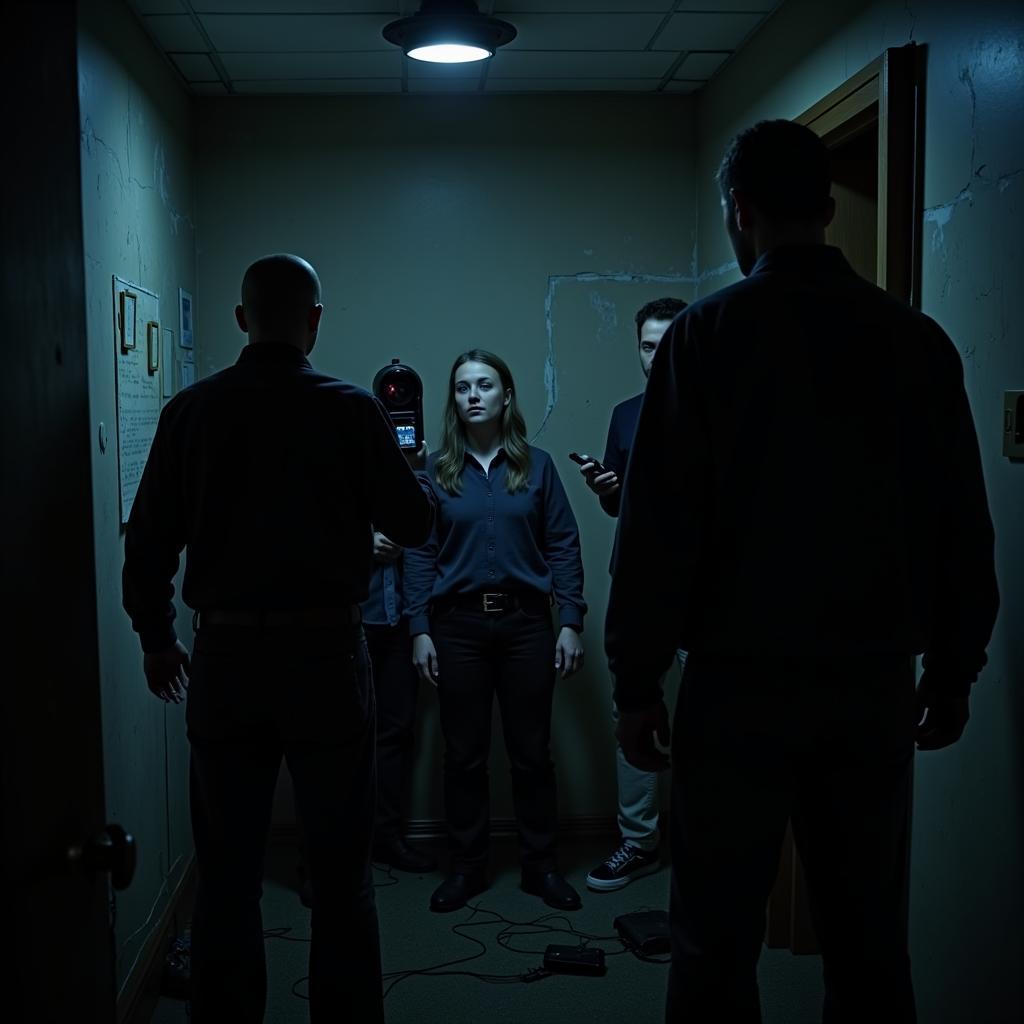Single-subject Research Design might sound like a term ripped from the pages of a scientific journal, but for those intrigued by the paranormal, it’s a powerful tool for separating fact from fiction. In the realm of ghosts, ESP, and unexplained phenomena, this research method helps us evaluate whether claims hold water or vanish into thin air.
What Lies Beneath: Single-Subject Research Design Explained
At its core, single-subject research design focuses on carefully examining how one individual or a small group responds to a specific intervention or treatment over time. Instead of comparing large groups, we’re zeroing in on detailed observations of a single case. This method is particularly useful in paranormal research, where phenomena can be rare, unpredictable, and difficult to replicate in a controlled lab setting.
Shining a Light on the Shadows: Key Characteristics
Think of single-subject research design as a magnifying glass, allowing us to scrutinize the fine details of a paranormal event or claim. Here’s how it works:
-
Baseline Measurement: Before introducing any interventions, we establish a baseline of the behavior or phenomenon we’re investigating. This might involve recording the frequency of strange noises in a supposedly haunted house or documenting a psychic’s accuracy rate without any external influence.
-
Intervention Phase: This is where things get interesting. We introduce a specific intervention, such as an electromagnetic field reader in the haunted house or a controlled ESP test for the psychic. By closely monitoring changes in the data during this phase, we can start to see if our intervention has any impact.
-
Repeated Measures: The heart of this design lies in repeated observations over time. We don’t just look at a single snapshot; we gather data continuously throughout each phase. This helps us identify patterns, trends, and any fluctuations that might suggest a genuine connection.
Separating the Signal from the Noise: Analyzing the Data
Once we’ve collected our data, the real detective work begins. Analyzing the results in single-subject research design often involves visual inspection of graphs and charts. We’re looking for clear changes in the data points that coincide with the introduction and removal of our intervention.
For instance, if we see a dramatic spike in electromagnetic readings only when a particular individual enters a room, that’s a clue worth investigating further. Or, if a psychic’s accuracy in guessing Zener cards plummets when we introduce a Faraday cage to block electromagnetic waves, it suggests a possible link.
Beyond the Surface: Benefits and Limitations
Like any good investigative tool, single-subject research design has its strengths and weaknesses:
Benefits:
- Flexibility: Ideal for studying rare or unpredictable paranormal events.
- Individualized Approach: Allows us to focus on the unique experiences of a single case.
- Strong Internal Validity: When designed carefully, it can provide compelling evidence of cause-and-effect relationships.
Limitations:
- External Validity: Results may not always generalize to a larger population.
- Ethical Considerations: Especially important when working with individuals claiming paranormal abilities or experiences.
- Subjectivity: Data analysis can be prone to researcher bias if not conducted rigorously.
Real-World Applications: Investigating the Unexplained
 Paranormal Investigation in Progress
Paranormal Investigation in Progress
Let’s step into the shoes of paranormal investigators. Imagine we’re called to a home where residents report disembodied voices and objects moving on their own. A single-subject research design could involve:
- Baseline: Setting up audio recorders and motion sensors to establish the frequency of events before any intervention.
- Intervention: Introducing a medium or psychic to the environment to see if their presence correlates with an increase or decrease in paranormal activity.
- Data Analysis: Carefully analyzing audio recordings, sensor logs, and eyewitness accounts to identify any patterns or anomalies that coincide with the intervention phase.
While not every investigation will yield groundbreaking results, this method provides a structured and systematic approach to exploring the unknown.
Conclusion: Embracing Skepticism and Open-Minded Inquiry
In the world of paranormal research, single-subject research design is a beacon of rigor in a sea of uncertainty. It encourages us to approach extraordinary claims with a healthy dose of skepticism while remaining open to the possibility of discovering something truly remarkable.
By embracing this method, we can elevate Paranormal Research from mere ghost stories and urban legends to a field worthy of serious scientific exploration. Who knows what mysteries await us as we continue to refine our methods and delve deeper into the shadows of the unknown?